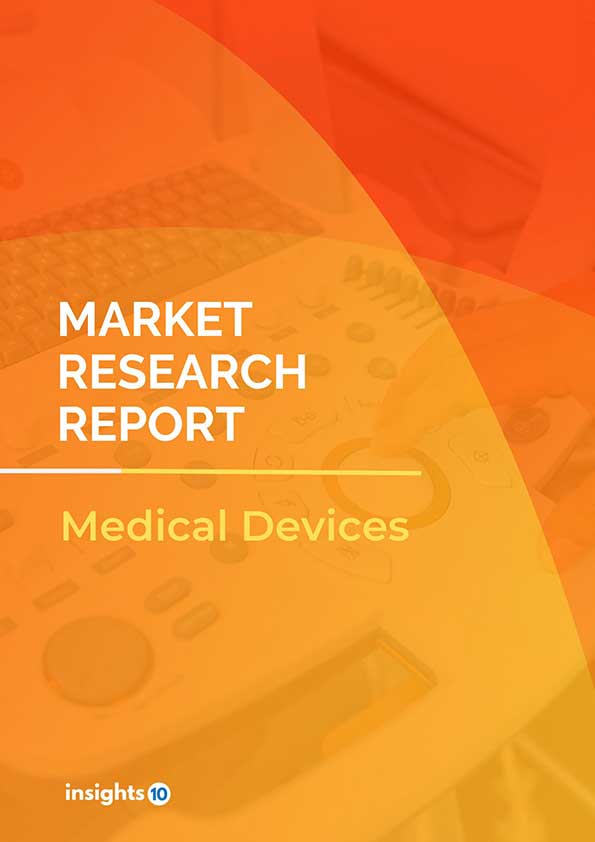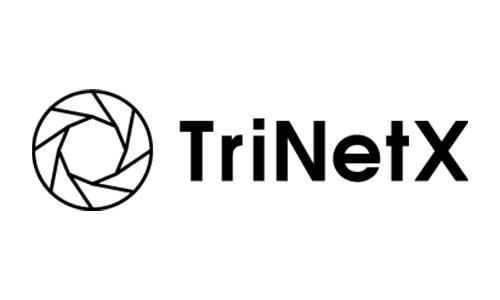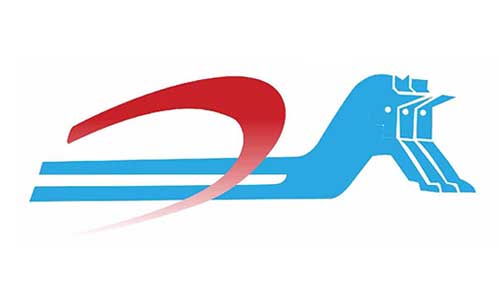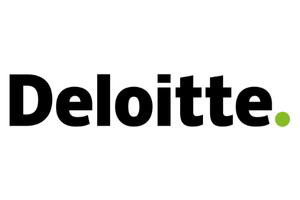Kenya Bariatric Surgery Devices Market Analysis
The Kenya Bariatric Surgery Devices Marketwas valued at $1.9 Mn in 2023 and is projected to grow at a CAGR of 6.3% from 2023 to 2023, to $2.9 Mn by 2030. The market for bariatric surgical devices is being driven primarily by increased adult obesity rates, which are a result of changing lifestyles and consuming excessive amounts of calories. Over the course of the projection period, it is also expected that the demand for bariatric operations will increase as a result of growing public awareness of the harmful food and beverage options available in the market and how they affect body mass index (BMI), which will fuel the expansion of the bariatric surgery devices market. The prominent players in the market are Medtronic, B. Braun, Asenus Surgical, Johnson & Johnson, Cousin Surgery among others.
Buy Now

Kenya Bariatric Surgery Devices Market Executive Summary
The Kenya Bariatric Surgery Devices Market is at around $1.9 Mn in 2023 and is projected to reach $2.9 Mn in 2030, exhibiting a CAGR of 6.3% during the forecast period 2023-2030.
Making adjustments to your digestive system in order to aid in weight loss is the goal of gastric bypass and other weight-loss surgeries, also referred to as bariatric or metabolic surgery. When diet and exercise have failed or when your weight is causing you significant health issues, bariatric surgery is performed. Certain weight-loss methods restrict the amount of food you can consume. Some function by lessening the body's capacity to absorb calories and fat. A few processes perform both. All types of weight-loss surgery are serious procedures with potential dangers and adverse effects, even though bariatric surgery can have many positive consequences. To assist guarantee the long-term effectiveness of bariatric surgery, you also need to engage in regular exercise and make long-term, healthy dietary modifications. Bariatric surgery is performed to help you lose excess weight and lower your risk of potentially fatal weight-related health issues, such as: heart disease, stroke, high blood pressure, high cholesterol, non-alcoholic steatohepatitis (NASH), sleep apnoea, type 2 diabetes, and some cancers, such as breast, endometrial, and prostate cancer.
According to Centers for Disease Control and Prevention, in Kenya, regional studies reported a higher prevalence of overweight and obesity among women than among men; in one study, 43.4% of women and 34% of men were overweight or obese. Therefore, the market is driven by various factors such as increasing demand for minimally invasive surgeries, rising incidence of obesity, technological advancements, rising awareness about bariatric surgery.
The prominent players in the market are Medtronic, B. Braun, Asenus Surgical, Johnson & Johnson, Cousin Surgery among others.

Market Dynamics
Market Drivers
Increasing Obesity Rates: Kenya has seen a rise in obesity rates, with around 27.5% of adults classified as overweight or obese in 2020 under which 43.4% of women and 34% of men were overweight or obese. This growing prevalence of obesity is a major driver for the bariatric surgery market.
Prevalence of Obesity-Related Conditions: The increasing number of Kenyans with obesity-linked health problems, such as type 2 diabetes and cardiovascular disease, is driving demand for bariatric surgery as a treatment option.
Technological advancements in bariatric surgery devices: Ongoing innovations in surgical techniques and devices are making bariatric procedures safer, less invasive, and more effective. For example, the development of advanced laparoscopic and robotic-assisted surgical systems is improving surgical outcomes and reducing recovery times.
Market Restraints
High Cost of Bariatric Surgery: Bariatric procedures can be expensive, with the costs potentially serving as a significant barrier to access for many patients in Kenya.
Limited Healthcare Infrastructure and Skilled Surgeons: The availability of healthcare facilities equipped for bariatric surgeries and the number of specialized surgeons may be limited in certain regions of Kenya, restraining the market's growth.
Potential complications and risks of surgical procedures: Like any major surgery, bariatric procedures carry risks such as infection, bleeding, and adverse reactions to anaesthesia. Long-term complications like nutritional deficiencies and dumping syndrome can also occur. These risks may deter some patients from pursuing surgical options.
Regulatory Landscape and Reimbursement Scenario
Medical devices including bariatric devices are regulated by the Pharmacy and Poisons Board (PPB). Kenya's regulatory framework for medical devices is still developing and is less comprehensive compared to more established markets. The PPB classifies medical devices based on risk. Manufacturers need to register their devices with the PPB, providing documentation on safety and efficacy. Kenya often relies on approvals from major regulatory bodies like the FDA or EU to inform their decisions.
Kenya's healthcare system includes both public and private sectors. In the public sector, coverage for bariatric procedures is extremely limited due to resource constraints and the focus on more pressing public health issues. The National Hospital Insurance Fund (NHIF), Kenya's primary public health insurance, does not typically cover bariatric surgeries. In the private sector, some high-end insurance plans may offer coverage for bariatric procedures, but this is not common. Most bariatric surgeries in Kenya are self-pay and are only accessible to a small, affluent segment of the population.
Competitive Landscape
Key Players
Here are some of the major key players in the Kenya Bariatric Surgery Devices Market:
- Medtronic plc.
- Ethicon, Inc. (Johnson & Johnson)
- Asenus Surgical US, Inc.
- B Braun Melsungen AG
- Cousin Surgery
- Olympus Corporation
- Richard Wolf GmbH
- SPATZ FIGA, Inc.
- Teleflex Incorporated
- USGI Medical, Inc.
1. Executive Summary
1.1 Device Overview
1.2 Global Scenario
1.3 Country Overview
1.4 Healthcare Scenario in Country
1.5 Regulatory Landscape for Medical Device
1.6 Health Insurance Coverage in Country
1.7 Type of Medical Device
1.8 Recent Developments in the Country
2. Market Size and Forecasting
2.1 Market Size (With Excel and Methodology)
2.2 Market Segmentation (Check all Segments in Segmentation Section)
3. Market Dynamics
3.1 Market Drivers
3.2 Market Restraints
4. Competitive Landscape
4.1 Major Market Share
4.2 Key Company Profile (Check all Companies in the Summary Section)
4.2.1 Company
4.2.1.1 Overview
4.2.1.2 Product Applications and Services
4.2.1.3 Recent Developments
4.2.1.4 Partnerships Ecosystem
4.2.1.5 Financials (Based on Availability)
5. Reimbursement Scenario
5.1 Reimbursement Regulation
5.2 Reimbursement Process for Diagnosis
5.3 Reimbursement Process for Treatment
6. Methodology and Scope
Kenya Bariatric Surgery Devices Market Segmentation
By Products
- Minimally invasive surgical devices
- Stapling Devices
- Vessel-sealing devices
- Suturing devices
- Others
- Non-invasive surgical devices
By Procedure
- Sleeve gastrectomy
- Gastric bypass
- Revision bariatric surgery
- Non-invasive bariatric surgery
- Adjustable gastric banding
- Others
End Users
- Hospitals
- Ambulatory surgical centers
- Specialty Clinics
Methodology for Database Creation
Our database offers a comprehensive list of healthcare centers, meticulously curated to provide detailed information on a wide range of specialties and services. It includes top-tier hospitals, clinics, and diagnostic facilities across 30 countries and 24 specialties, ensuring users can find the healthcare services they need.
Additionally, we provide a comprehensive list of Key Opinion Leaders (KOLs) based on your requirements. Our curated list captures various crucial aspects of the KOLs, offering more than just general information. Whether you're looking to boost brand awareness, drive engagement, or launch a new product, our extensive list of KOLs ensures you have the right experts by your side. Covering 30 countries and 36 specialties, our database guarantees access to the best KOLs in the healthcare industry, supporting strategic decisions and enhancing your initiatives.
How Do We Get It?
Our database is created and maintained through a combination of secondary and primary research methodologies.
1. Secondary Research
With many years of experience in the healthcare field, we have our own rich proprietary data from various past projects. This historical data serves as the foundation for our database. Our continuous process of gathering data involves:
- Analyzing historical proprietary data collected from multiple projects.
- Regularly updating our existing data sets with new findings and trends.
- Ensuring data consistency and accuracy through rigorous validation processes.
With extensive experience in the field, we have developed a proprietary GenAI-based technology that is uniquely tailored to our organization. This advanced technology enables us to scan a wide array of relevant information sources across the internet. Our data-gathering process includes:
- Searching through academic conferences, published research, citations, and social media platforms
- Collecting and compiling diverse data to build a comprehensive and detailed database
- Continuously updating our database with new information to ensure its relevance and accuracy
2. Primary Research
To complement and validate our secondary data, we engage in primary research through local tie-ups and partnerships. This process involves:
- Collaborating with local healthcare providers, hospitals, and clinics to gather real-time data.
- Conducting surveys, interviews, and field studies to collect fresh data directly from the source.
- Continuously refreshing our database to ensure that the information remains current and reliable.
- Validating secondary data through cross-referencing with primary data to ensure accuracy and relevance.
Combining Secondary and Primary Research
By integrating both secondary and primary research methodologies, we ensure that our database is comprehensive, accurate, and up-to-date. The combined process involves:
- Merging historical data from secondary research with real-time data from primary research.
- Conducting thorough data validation and cleansing to remove inconsistencies and errors.
- Organizing data into a structured format that is easily accessible and usable for various applications.
- Continuously monitoring and updating the database to reflect the latest developments and trends in the healthcare field.
Through this meticulous process, we create a final database tailored to each region and domain within the healthcare industry. This approach ensures that our clients receive reliable and relevant data, empowering them to make informed decisions and drive innovation in their respective fields.
To request a free sample copy of this report, please complete the form below.
We value your inquiry and offer free customization with every report to fulfil your exact research needs.








































